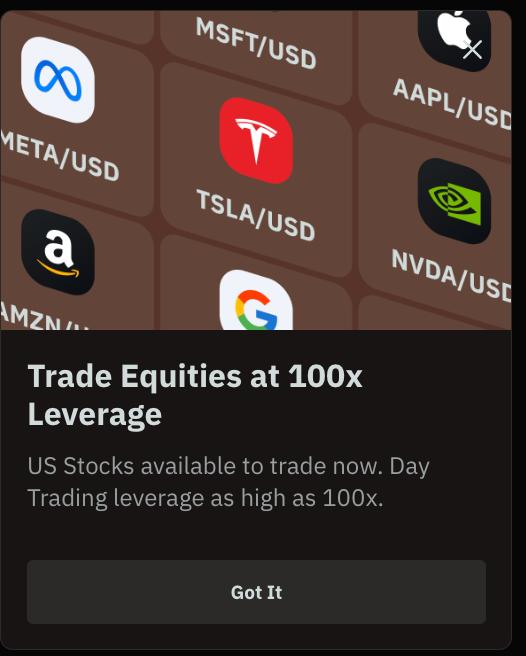Why do Forex Traders Pay Attention to Round Numbers?

Price action forex traders will look for technical trading signals at various areas on a chart. These include Fibonacci, support and resistance price structure, moving averages and many other mathematically derived levels. There is one particular area that often has more focus than others and therefore greater order flow once hit – these are the round numbers. There is no ambiguity – as can be seen with trend-lines and the like – when referring to round numbers; they are there for all to see and this is what we try to benefit from.
Round numbers in daily life
We often round numbers up or down when going about our day to day lives by reducing the digits while trying to keep close to the original value; how often do you ask to borrow $14.75 from a friend when this is the actual figure you need? You would typically ask for $15 as this is easier to remember. The same goes for trading; most stop losses will be clustered at or around the nearest round numbers. Intra-day price action often bounces off x.100 or y.500 levels. When the level is broken there are equally often short bursts of momentum as clusters of orders are hit. Traders will say to themselves “if it hits x.100 I’m out” or “when y.500 breaks I’m going long”.
How do traders use these round numbers?
How can we incorporate this into a trading strategy you may well ask. In my opinion, one of the best ways of approaching this is to look for price action signals at or around these areas; the bigger the round number the better. A simple touch of the level is often too random as we never know whether there will be a strong move through or a rejection.
AUD/USD chart example
The attached 1 hour chart shows how price reacted to a hit on parity for the AUD/USD pair recently. The lower yellow line, at parity, was pierced on an intra-day basis and price subsequently failed to show any further momentum and closed as a bullish hammer candle. The exact candle type does not concern me, there has to be a decisive reaction to the level though. On this occasion the market had driven price down from 1.1000 and it was no major surprise seeing the 1.0000 level act as support. The potential entry came when price gave a large rejection shadow from the level and subsequently confirmed this as a signal by moving above the 1 hour candle.
Why does price react like this?
Many people want to know exactly why this happens. There are the aforementioned clusters of orders, both stop loss exits and entry orders, there are option levels that are targeted by the market and sometimes protected if the incentive is in place and many other reasons. We will never have full visibility of the order flow associated with any level and this is why I prefer to see price action reactions. These areas become even more relevant to me if there is a confluence with other technical elements. A large x000 round number at the same level as a 61.8% Fibonacci retrace will really grab my attention; If the market then shows me its hand by reacting strongly and provides one of my favoured reversal signals the probability of the trade working out in my favour often increases yet again. Look for these levels on your charting platform and mark them out in advance. Pick the really big round numbers and see how price interacts with them. My preferred route when trying anything new is to test it on a demo-trading platform. This allows a familiarity to be gained with no money at risk and the potential to iron out any issues at this stage.
About the Author: Nick Simpson has articles featured on numerous sites including Forexpros and Forex Factory. He can be found writing regular Forex Technical Analysis articles at the forex-fx-4x blog which also provides premium analysis and consultancy services on request.
For more exclusive Online Forex News, follow us on Twitter or join us on Facebook.




























Comments (0 comment(s))